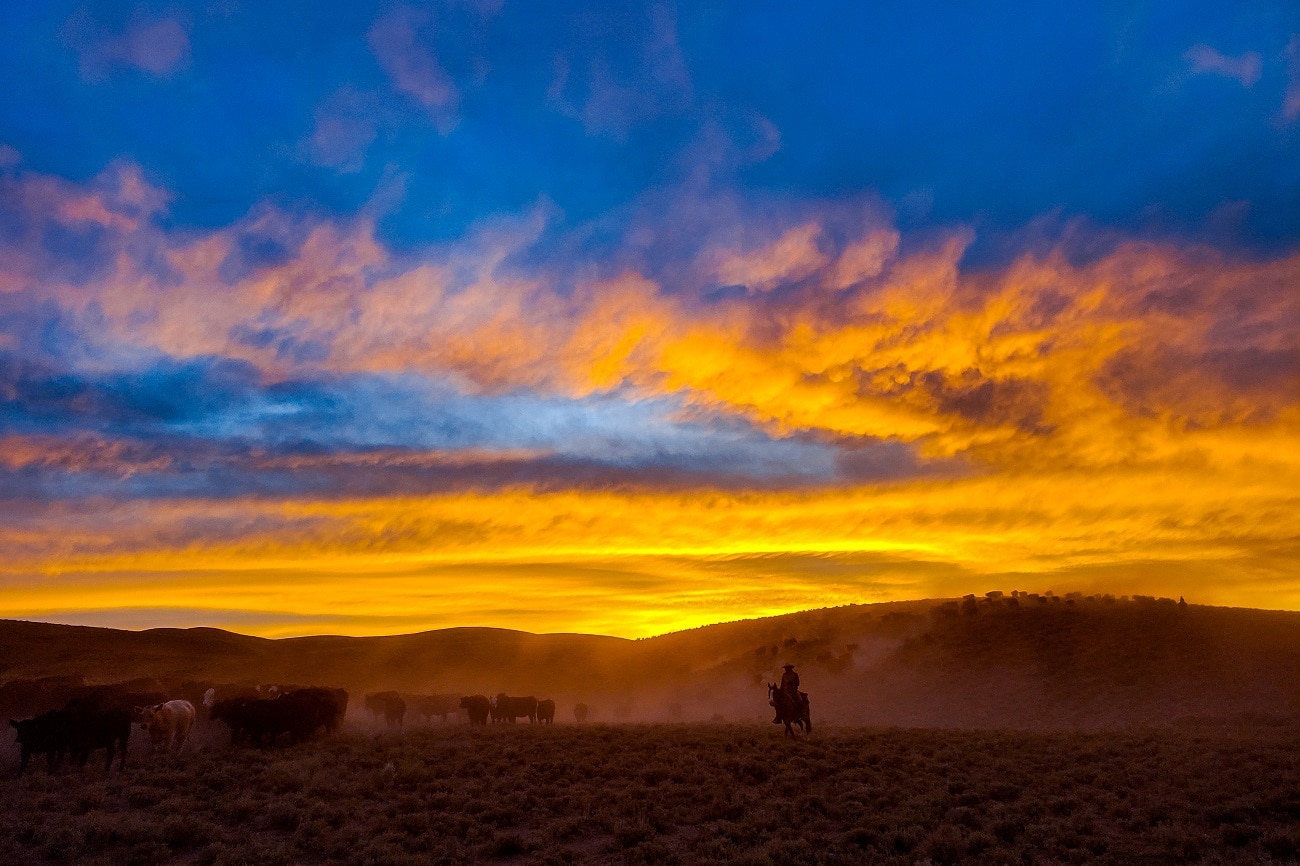BigHornRam
Well-known member
Done properly, yes. Idaho ranch family I follow for their stewardship practices. They care about the public lands they lease and are good resource for all public land stewards.Your saying lands grazed by cattle vs no grazing will have a higher forage yield per acre and hold more wild ungulates?

Why Alderspring - Alderspring Ranch Organic Grass Fed Beef
Wild certified organic grass fed beef, straight from our Idaho family ranch and delivered right to your door. Raised on some of the cleanest mountain pastures, this is some of the cleanest and wildest certified organic, grass fed beef in the world.
 www.alderspring.com
www.alderspring.com




